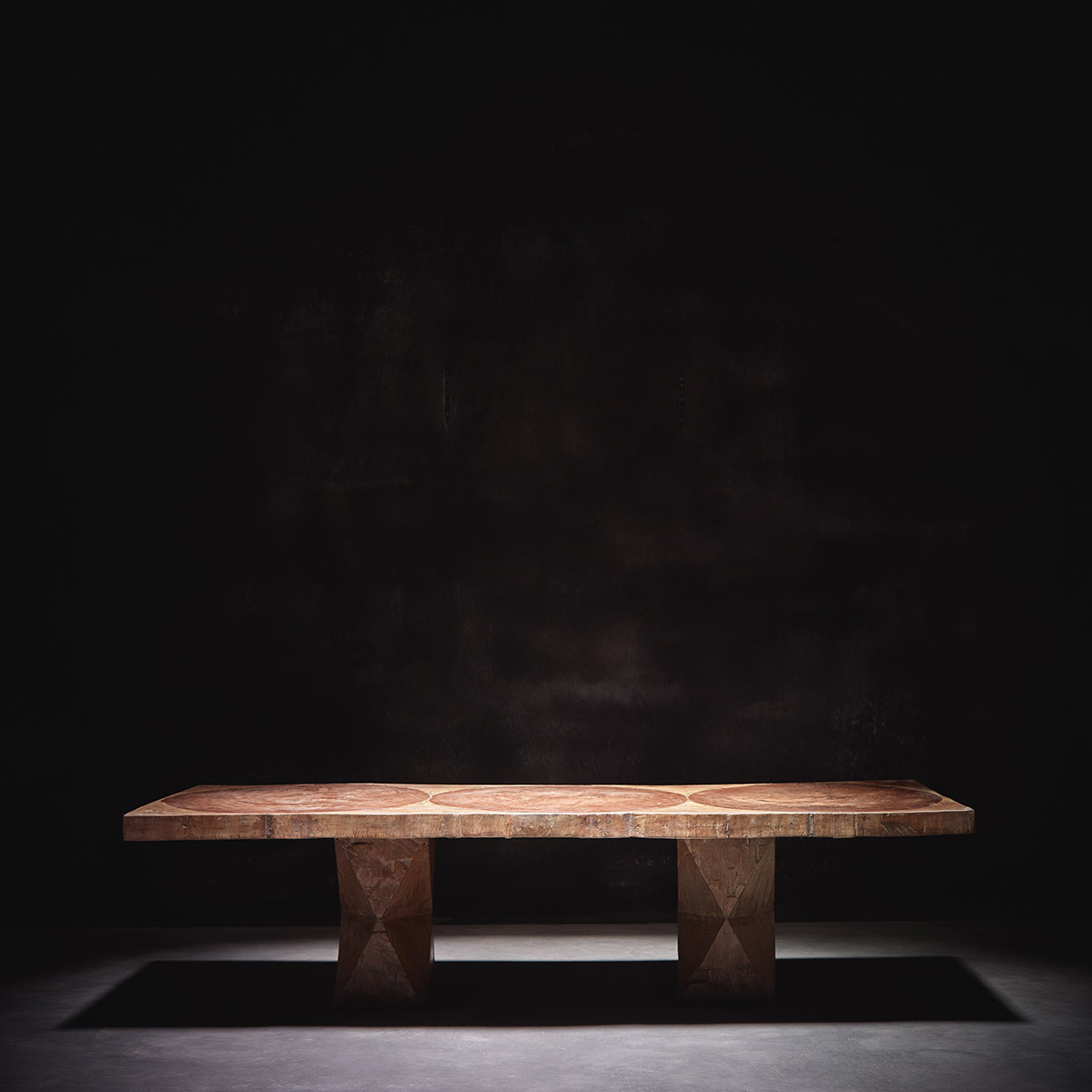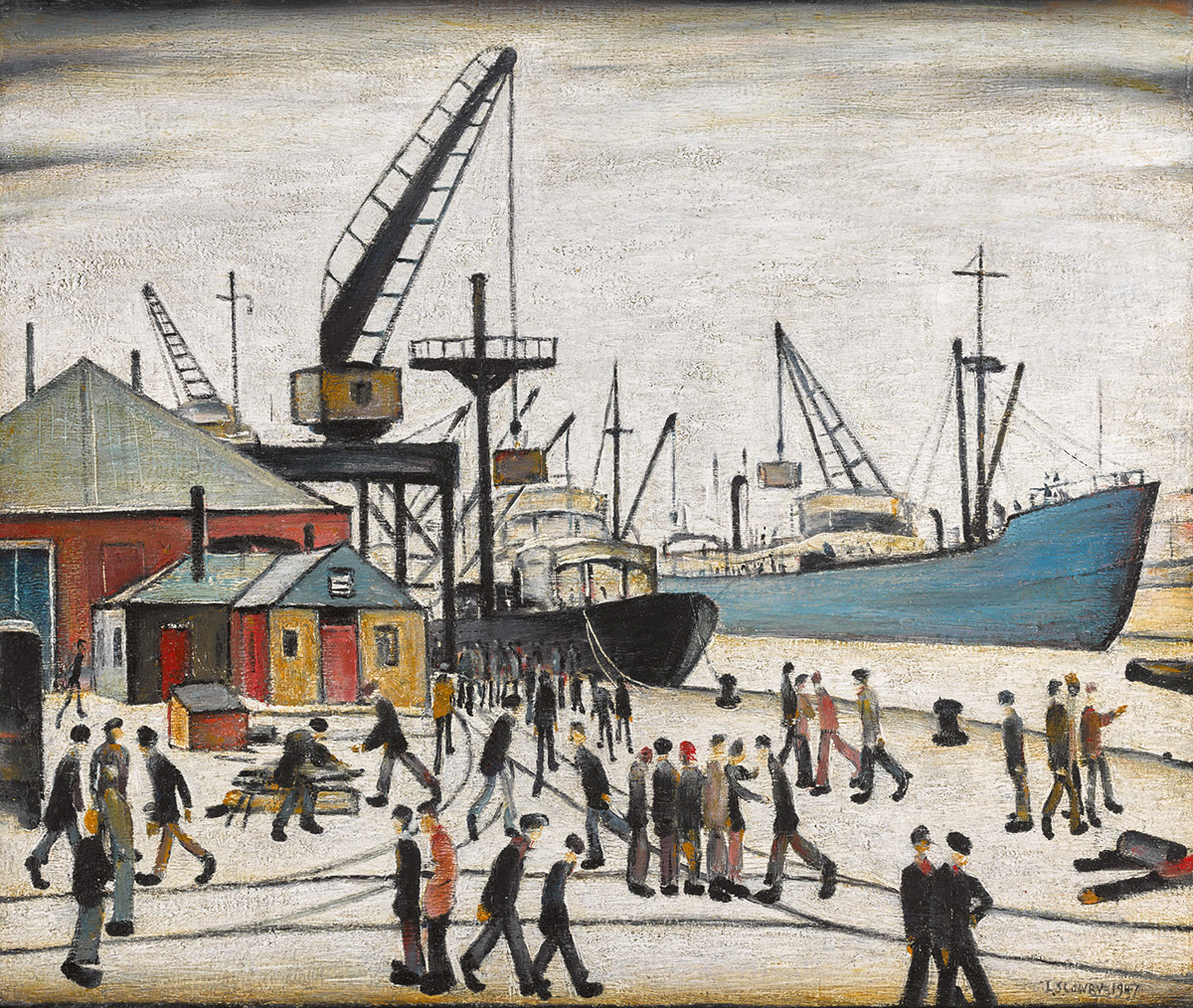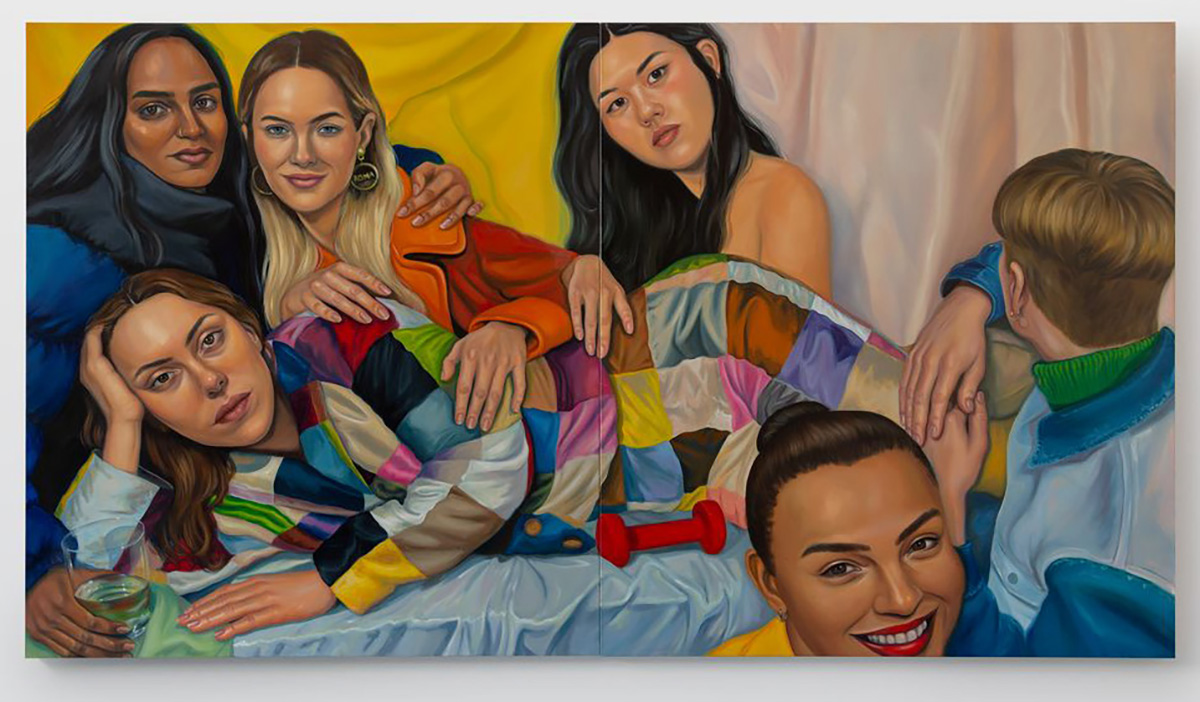
Installation view of Tony Cragg, Bust, 2014 from Jerome Zodo Gallery at Masterpiece London 2019, photography Ben Fisher, Courtesy Masterpiece London
Ahead of the public opening of Masterpiece London’s 10th edition, we ask the fair’s chairman Philip Hewat-Jaboor for his exclusive recommendations of what to see
Art fairs can be overwhelming, especially when they’re on the scale of Masterpiece London which, this year, brings together over 150 galleries and specialists with displays of contemporary artworks, antiquities, rare books, objets d’art, furniture and jewellery.
Follow LUX on Instagram: the.official.lux.magazine
‘Rather than grouping our exhibitors by the kind of objects they present, we integrate them so that an antiquities dealer may sit side-by-side with a jeweller or a contemporary art gallery. We have seen how juxtaposing different works of absolutely encourages collectors to learn about and buy works of art they may not usually have the opportunity to discover,’ says Philip Hewat-Jaboor.
Below are his top recommendations of things to see at this year’s edition:
The sculpture series
‘This year, we introduce Masterpiece London’s Sculpture Series. Our inaugural curator is Jo Baring, who is the Director of the Ingram Collection of Modern British and Contemporary Art. She has selected dynamic modern and contemporary works made from different and sometimes unusual materials to encourage visitors to challenge their perceptions about sculpture. This includes works by Gary Hume, Susie MacMurray and Bryan Kneale amongst others.’

Phyllida Barlow, ‘untitled: GIG’ (detail), 2014, ‘Revolution in the Making: Abstract Sculpture by Women 1947-2016’. Installation view at Hauser Wirth & Schimmel, Los Angeles CA. Courtesy the artist and Hauser & Wirth.© Phyllida Barlow, Photo: Fredrik Nilsen 
Phyllida Barlow’s installation
‘Not to be missed is Phyllida Barlow’s sculptural installation for Masterpiece Presents, in conjunction with Hauser & Wirth. Masterpiece Presents provides a platform for innovative, immersive works of art at the entrance to the fair. The artist is known for using found materials, and her installation follows the supersized ‘pom pom’ works she first developed in the 1990s.’
Read more: JD Malat Gallery opens psychedelic anniversary exhibition
Antiquities
‘See exceptional works of art at the fair like Edward Hurst’s rare Roman British mosaic, Augustine Rodin’s famous The Thinker (on offer at Bowman Sculpture), and the recently discovered lost work of Sir Anthony Van Dyck at Philip Mould & Company.’

Edward Hurst: Romano-British Mosaic, attributed to the Durnovarian School, early 4th century AD. From the Roman Villa at Dewlish Dorset. Courtesy Edward Hurst
Curated booths
‘Enjoy carefully curated booths that epitomise our cross-collecting ethos, such as Daniel Crouch Rare Books and Les Enluminures’ shared booth inspired by Harari’s best-selling book, Sapiens: A Brief History of Humankind. Axel Vervoordt, Godson & Coles and Rose Uniacke also work in this vein, presenting works of art across a range of materials and eras.’

Axel Vervoordt: José Zanine Caldas, Sculptured Dining Tabe, Brazil, 1979, Juerana and Pequi wood, Courtesy Axel Vervoordt
Canadian Inuit art
‘Our Principal Partner, RBC, will be presenting a curated exhibition of Canadian Inuit art in their lounge. This will include works by Shuvinai Ashoona, Annie Pootoogook, and Tim Pitsiulak, who are all artists from the Kinngait Studios Inuit art community.’
Masterpiece London 2019 sponsored by Royal Bank of Canada runs from 27 June to 3 July at Royal Hospital Chelsea. For more information visit: masterpiecefair.com










 1. Philipponnat Cuvée 1522, 2008
1. Philipponnat Cuvée 1522, 2008 3. Philipponnat Clos des Goisses 2009
3. Philipponnat Clos des Goisses 2009 4. Egly Ouriet Les Crayeres, Ambonnay, Grand Cru, Blanc de Noirs, Brut NV
4. Egly Ouriet Les Crayeres, Ambonnay, Grand Cru, Blanc de Noirs, Brut NV




Recent Comments